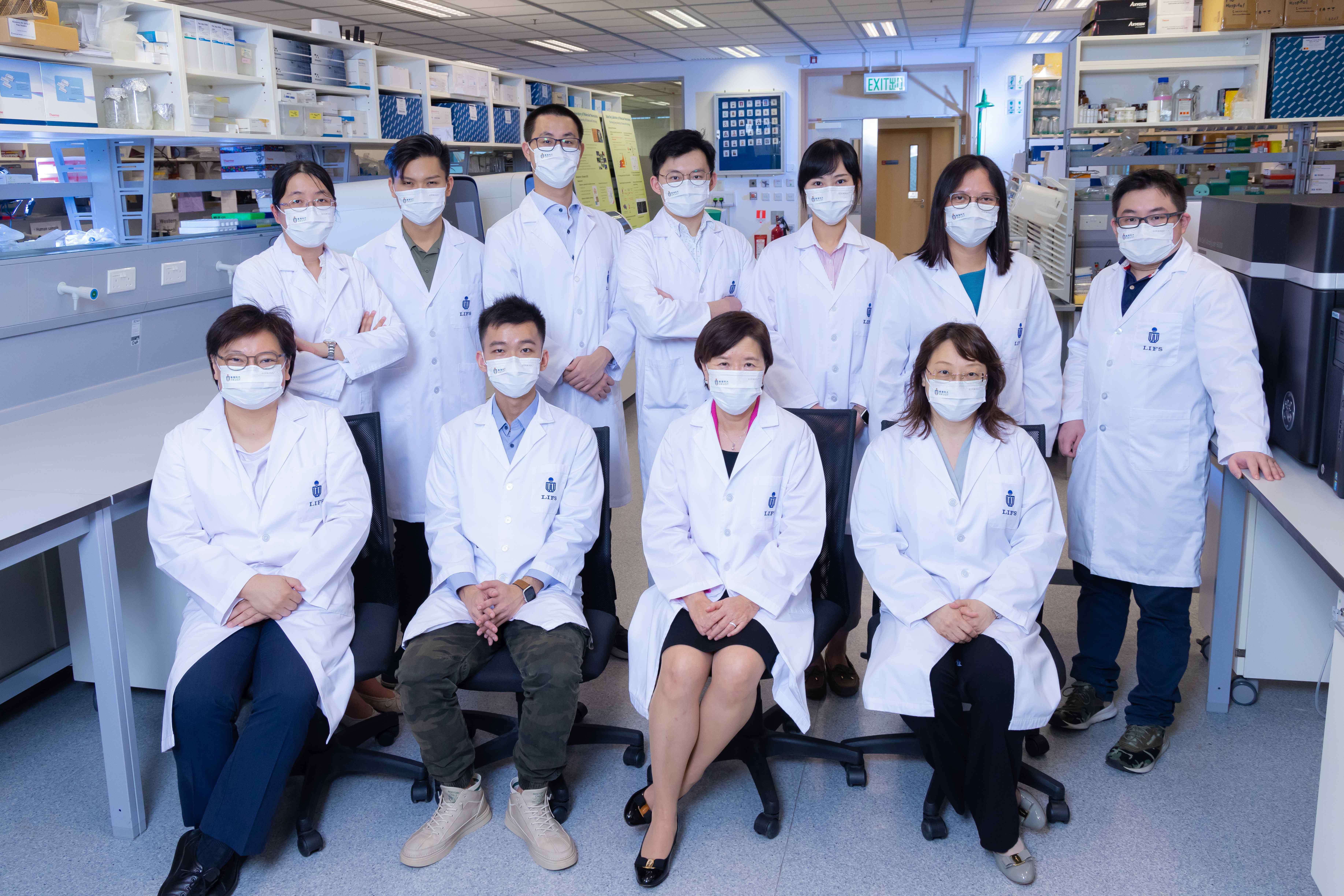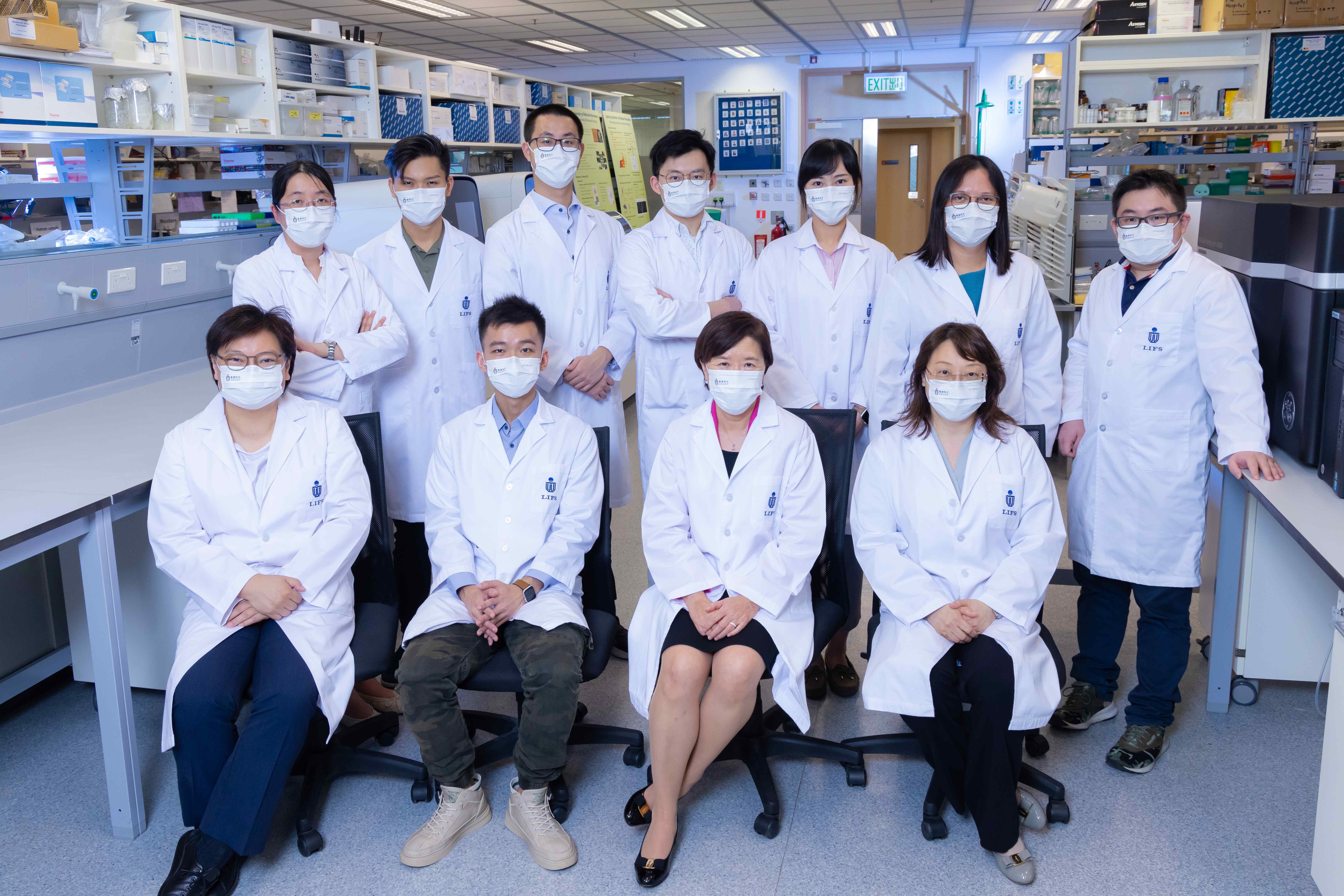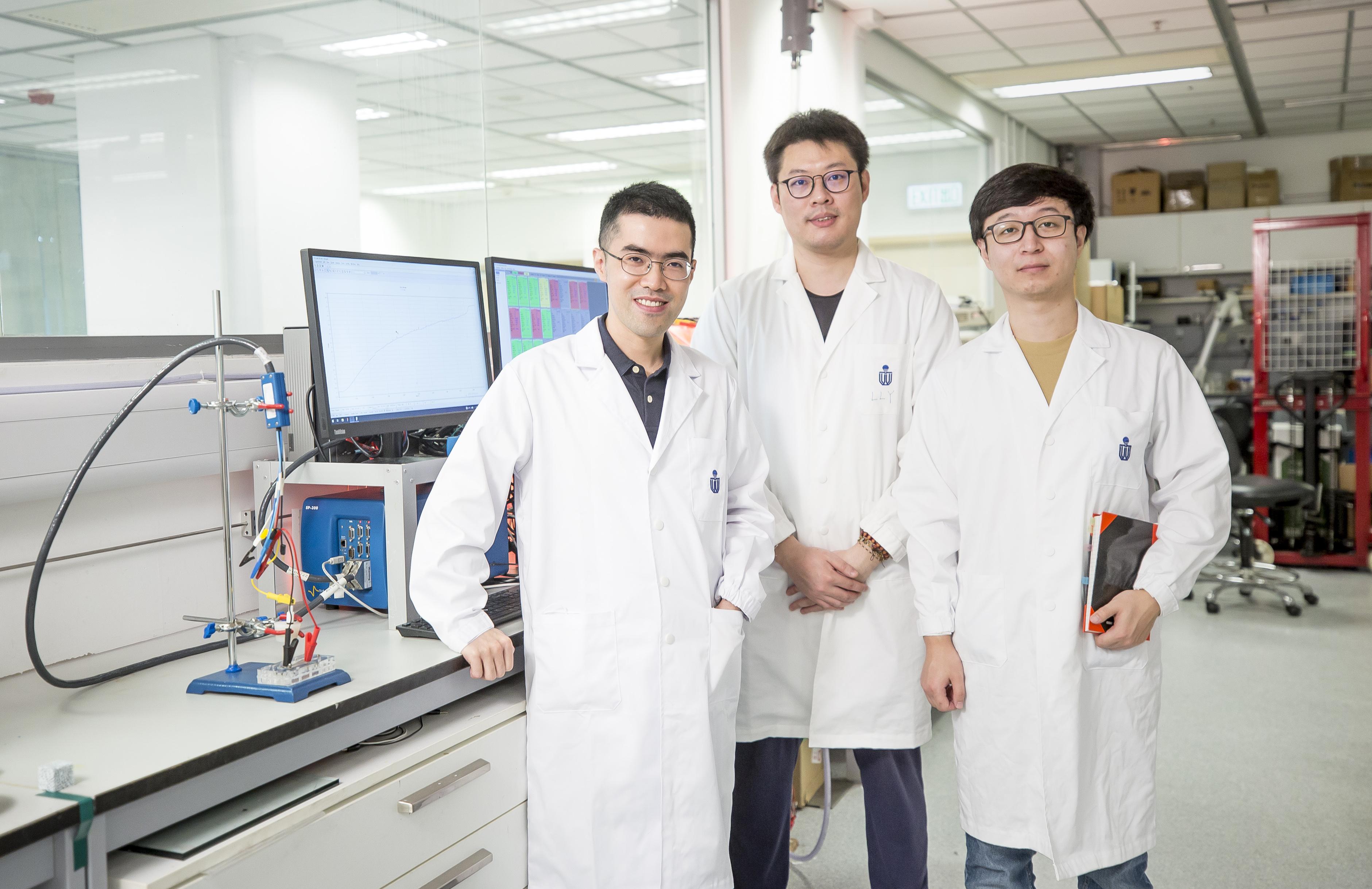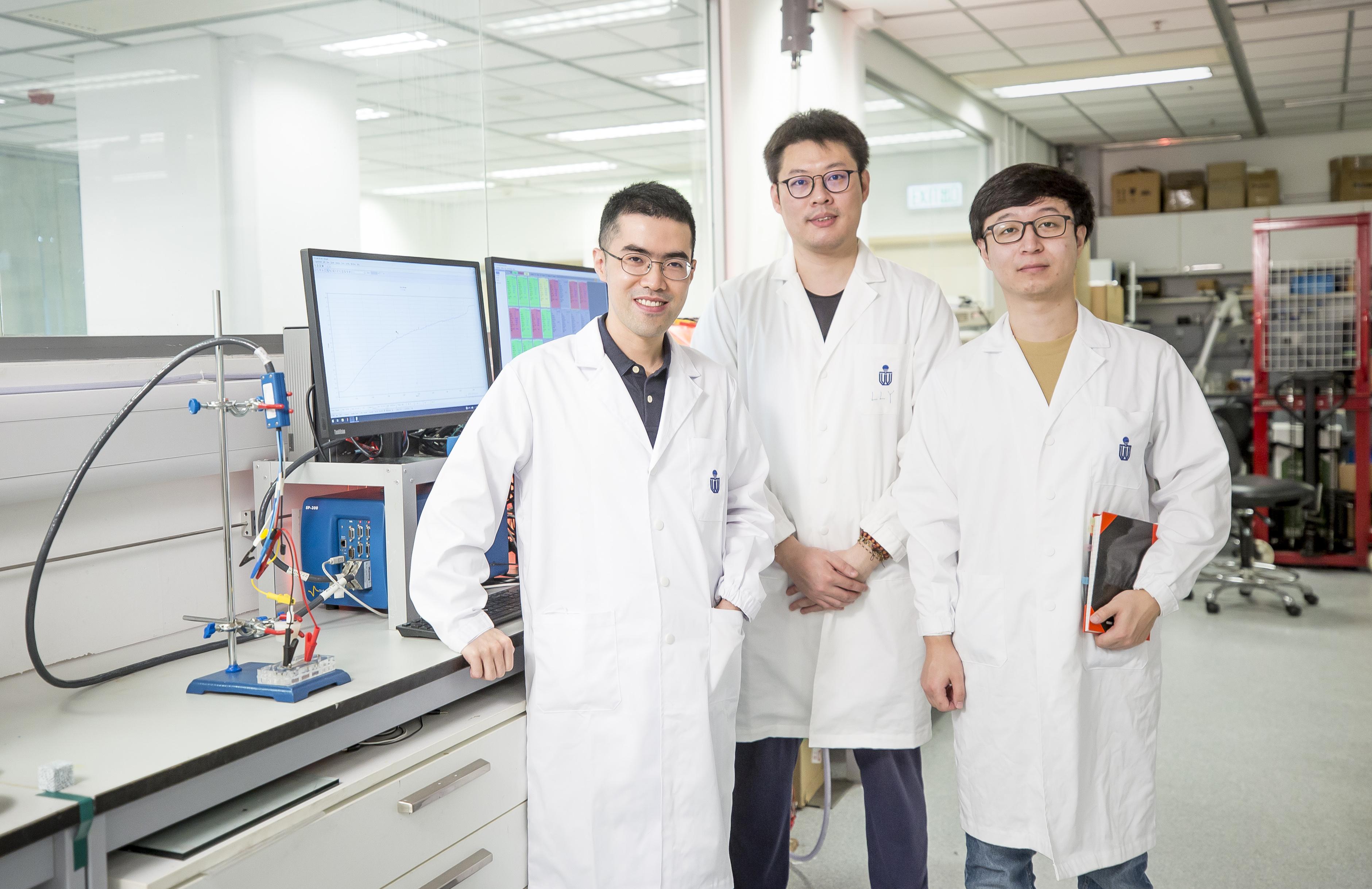Aging, and the struggle against it, has long been a popular theme in classic and modern literature in human history. From the ill-fated Qin Shi Huang’s expedition to the sea searching for eternal life to Count Dracula’s popularity in the West, aging is a mystery that has captured the world's imagination for thousands of years and yet remains unsolved.
In an exciting development, a HKUST research group led by Prof. Tom CHEUNG, S H Ho Associate Professor of Life Science, whose work focuses on studying muscle stem cells (MuSCs), which play a key role in muscle repair, has discovered a method to identify the aging MuSC, based on its chromatin signature. Aging MuSCs, unlike their younger counterparts, show reduced stemness (the ability to become new stem cells or turn into specialized cells to replace damaged tissues). If the chromatin signature of an aging cell can be reverted to that of a young cell, then the process of cellular aging, and, in this case, the aging of skeletal muscle tissue—could be put on hold or even reversed. Read More...




